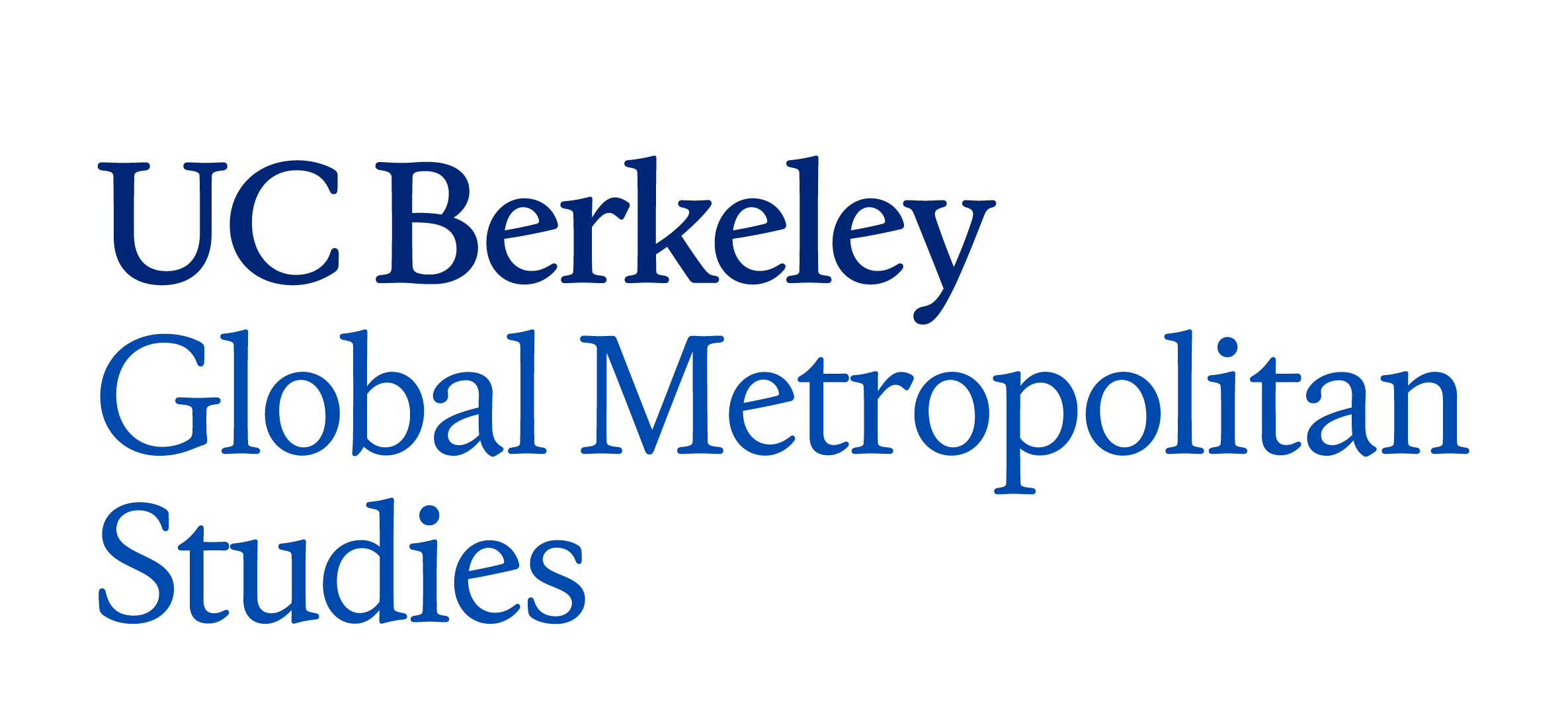Feb 15th – March 15th, 2024
Location: Bauer Wurster Hall, UC Berkeley (Lobby)
Curated by: Laura Belik (Architecture, UC Berkeley)
Opening events [free and open to the public/ light refreshments provided]:
Feb 15th
4:30pm, Bauer Wurster Hall, Elevator Lobby – Exhibition opening
5:30pm, Bauer Wurster Hall, Room 172 – Discussion panel, spoken word performance and reception
6:30pm, Bauer Wurster Hall, 112 Auditorium – Documentary Screening
Launching events include the exhibition opening at 4:30pm (Lobby), followed by a panel (room 172) featuring guest speakers Dr. Ignacio Ornelas Rodriguez (Stanford University) and Wolney Oliveira (Federal University of Ceará/ Brazil), mediated by Dr. Lorena Oropeza (Chicanx Latinx Studies Program/UC Berkeley).
After the talk, there will be a screening of the documentary “Soldados da Borracha” (Brazil, 2019/ 90min/ Director Wolney Oliveira) + talk with the director at the 112 Auditorium at 6:30pm.
About the exhibition:
“The Braceros and the Rubber Soldiers” is an exhibition of historical photographs that juxtaposes the histories of two of the most important joint governmental programs between the U.S., Brazil and Mexico during the Second World War. The WW2 Emergency Farm Labor Program, popularly known as the Bracero Program, operated between 1942 and 1964, bringing Mexican guest workers to the U.S., who were then assigned as agricultural laborers. Concurrently in South America, in 1943, the Special Service Mobilizing Workers to the Amazon (SEMTA) enlisted a cheap labor force from the impoverished Brazilian Northeast region, transforming them into Rubber Soldiers. These individuals journeyed north to extract latex from seringueira trees in the Amazon rainforest, contributing significantly to the production of rubber exported to the Allies during the war. The exhibition, comprised of 15 pairs of historical images, provides a visual narrative depicting daily life within recruitment centers and lodging facilities in Mexico, the U.S., and Brazil. The show uses the lens of the built environment to untangle complex themes such as race and racialization and its connections to labor and migration patterns, and the power and influence of international politics in the construct of modern – and contemporary– planning in Latin America.
Special thank you/gracias/obrigada to our co-sponsors and partners:
Department of Architecture, UC Berkeley
The Joan E. Draper Architectural History Research Endowment
Townsend Center for the Humanities
Berkeley Food Institute
Chicanx Latinx Studies Program UC Berkeley
Global Metropolitan Studies UC Berkeley
Center for Race and Gender UC Berkeley
Center for Latin American & Caribbean Studies UC Berkeley
Department of Spanish & Portuguese
Department of Ethnic Studies
Latinx Research Center
Latin American Cities Working Group

